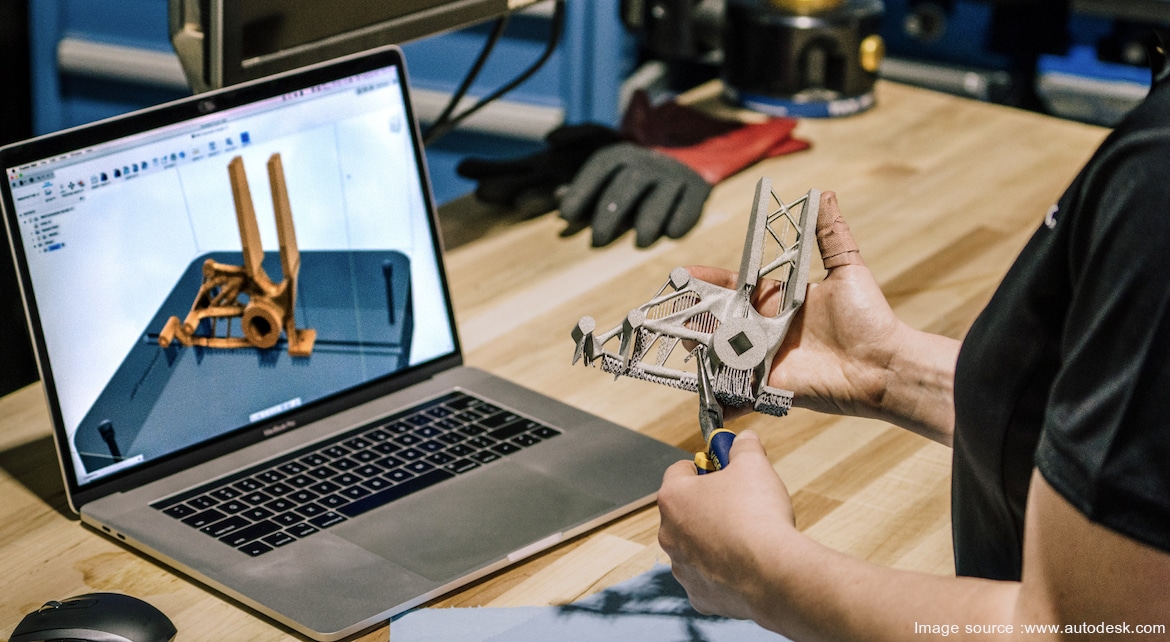
Design-to-Cost (DTC) is a management strategy and supporting methodologies to achieve an affordable product by treating target cost as an independent design parameter that needs to be achieved during a product’s development. Design-to-Cost, as part of cost management techniques, describes a systematic approach to controlling the costs of product development and manufacturing.
The basic idea is that costs are designed “into the product,” even from the earliest concept decisions on and are difficult to remove later. Thus costs are seen as an equally important parameter besides feature scope and schedule, the three taken together yielding the well-known project triangle.
By making the right design decisions as early as during the product life-cycle, the initiation and concept phase, unnecessary costs can be avoided in later stages. But Design-to-Cost also tries to capture the necessary measures for cost control during the complete development cycle. In DTC, cost considerations also become part of extended requirements specifications.
Design-to-Cost
Effective product cost management requires a design to cost philosophy as its basis since decisions regarding its design dictate a substantial portion of the product’s cost.
DTC manages and controls cost considerations in all the development processes, based on the following elements:
- Allocation of target cost to the cost factors of the project. Target costs are derived from the price that the customer is willing to pay, and the market or business conditions. The project manager initiates the allocation of target cost values to subsystems, assemblies, and parts until he reaches the single designer’s level.
- Design to meet the target cost and provision of data and cost estimation tools for designers. Achieving the allocated target cost is the responsibility of each designer and each design team. They are supported by an outstanding team that includes manufacturing engineers, purchasing staff, technologists, and others. The group considers all the aspects that affect the cost, such as manufacturing process, testing, assembly, operation, and maintenance. The designers re-evaluate their design until the product achieves its allocated target cost.
- Costs control using cost estimation for each cost factor and Design to Cost Reviews (DTCR). Continuous evaluation, by the managers, of the design for conformance to target cost. The evaluation process can be incorporated in the traditional design and development reviews or special reviews initiated by various management levels.
- Corrective actions as required to reduce costs. In case the target costs are exceeded, immediate corrective measures are applied at any point in the development process. These measures include updates of intermediate target costs, design updates, and conducting of value engineering reviews and workshops.
Source:https://incoseil.org
Design-to-Cost strategies
To have efficient Design-to-Cost, companies have developed several techniques and strategies:
- Use as many as possible off-the-shelf components and modules.
- Apply a common platform strategy
- Reduce the material
- Decrease product complexity
- Lower waste and lost parts
- Eliminate non desired features
Design-to-Cost “Design-driven cost reduction.”
Design-driven cost reduction allows manufacturers to realize savings of 10 to 30 percent for products in development.
Companies waste billions of dollars every year on new product enhancements that consumers do not want, cannot use, or pay for. The fact is that most recent products, from automobiles to washing machines, are overengineered.
But corporate efforts to rein in high engineering costs frequently fail. CEOs and CFOs at manufacturing companies tell the same story: To achieve a margin on new products, engineers know they need to hit a target cost, but somehow they don’t. Why not? Engineers argue they need to spend more to meet consumers’ expectations.
This problem is especially acute in the automotive industry, where consumers expect much more for less. In the past, vehicle manufacturers got around the problem of meeting consumer demands without raising costs by putting pressure on suppliers. But the returns on this strategy are diminishing because today’s automotive suppliers, struggling to survive, have no more margins to squeeze.
Using design-driven cost reduction:
- Manufacturers can achieve an additional 3 percent annual savings for current products.
- Savings can reach 10 to 30 percent for products in development.
Design-driven cost reduction has four cornerstones:
- Process discipline is imposed at every stage: idea generation, evaluation and prioritization, and production. Each step has an expected duration, and every idea is tracked. A highly disciplined approach to validation and implementation ensures that the cost benefits are realized in the shortest possible time.
- Target setting and transparent reporting add to the discipline. Targets for cost reduction are derived from competitive benchmarking, component by component. Suppliers play a valuable role here in assessing cost differences. Transparent reporting ensures that deviations from targets are quickly corrected.
- A cross-functional organization that removes organizational barriers — physical and cultural — is essential to fostering collaboration. Soft management issues, especially culture change, play a vital role in reducing natural conflicts among engineering, purchasing, and marketing.
- Management commitment empowers design-driven cost reduction teams to make and implement difficult decisions. Key supporting management roles include setting targets, reviewing progress, removing roadblocks, and supporting critical decision trade-offs among product cost, weight, performance, and functionality.
Design-driven cost reduction is not a panacea. But it is a powerful management resource to help companies realize better margins — not at the expense of their suppliers and customers, but through better design that benefits everyone.

